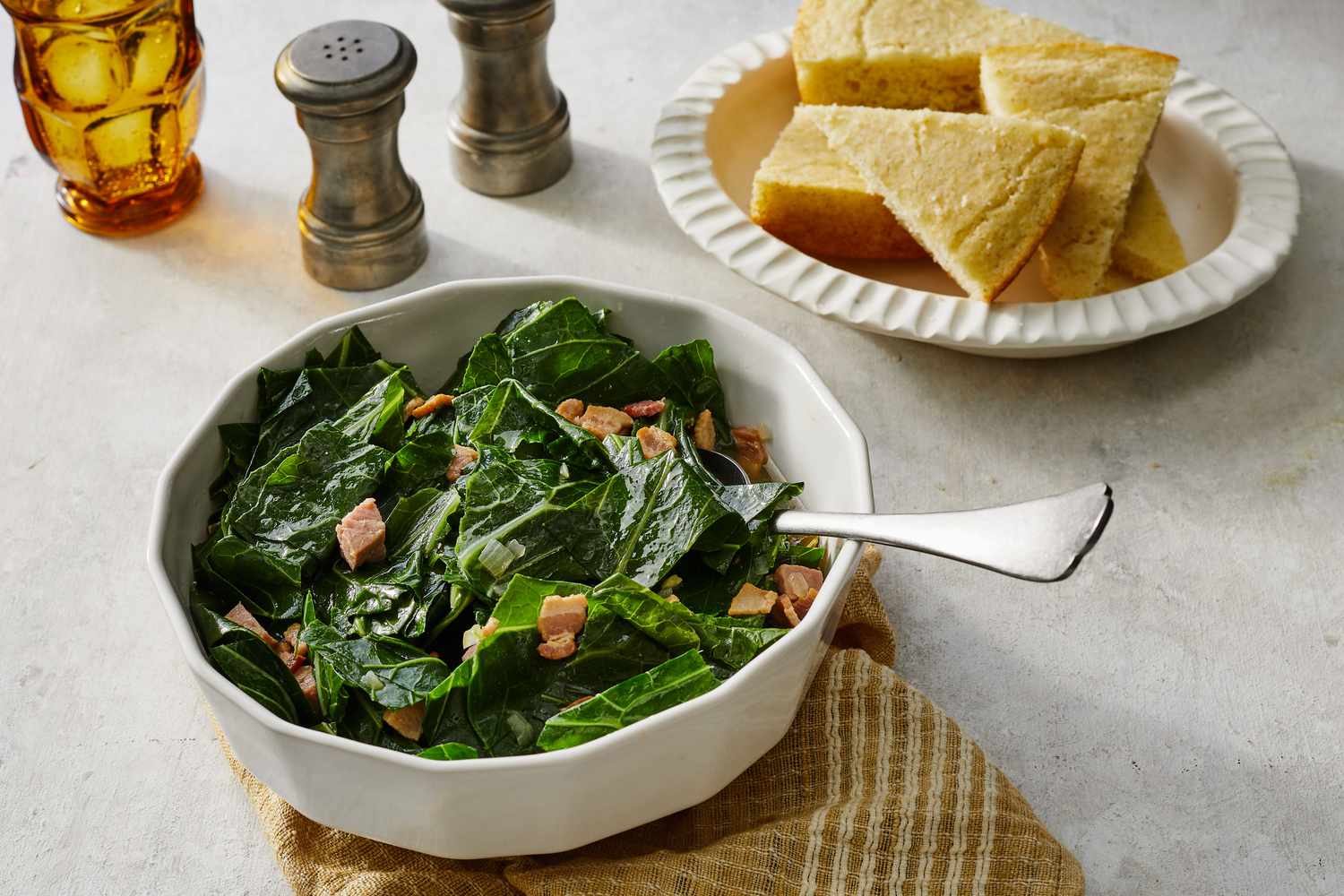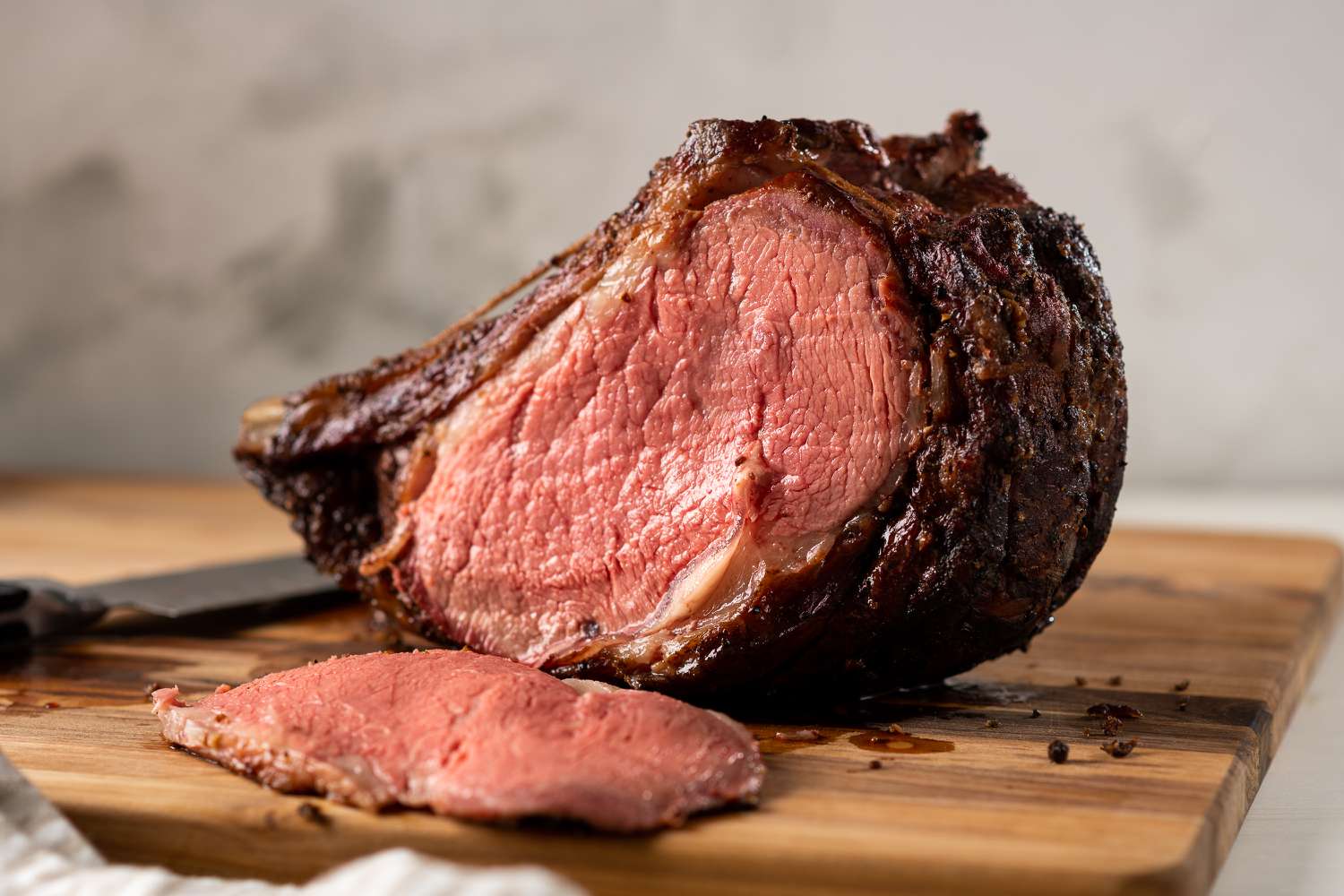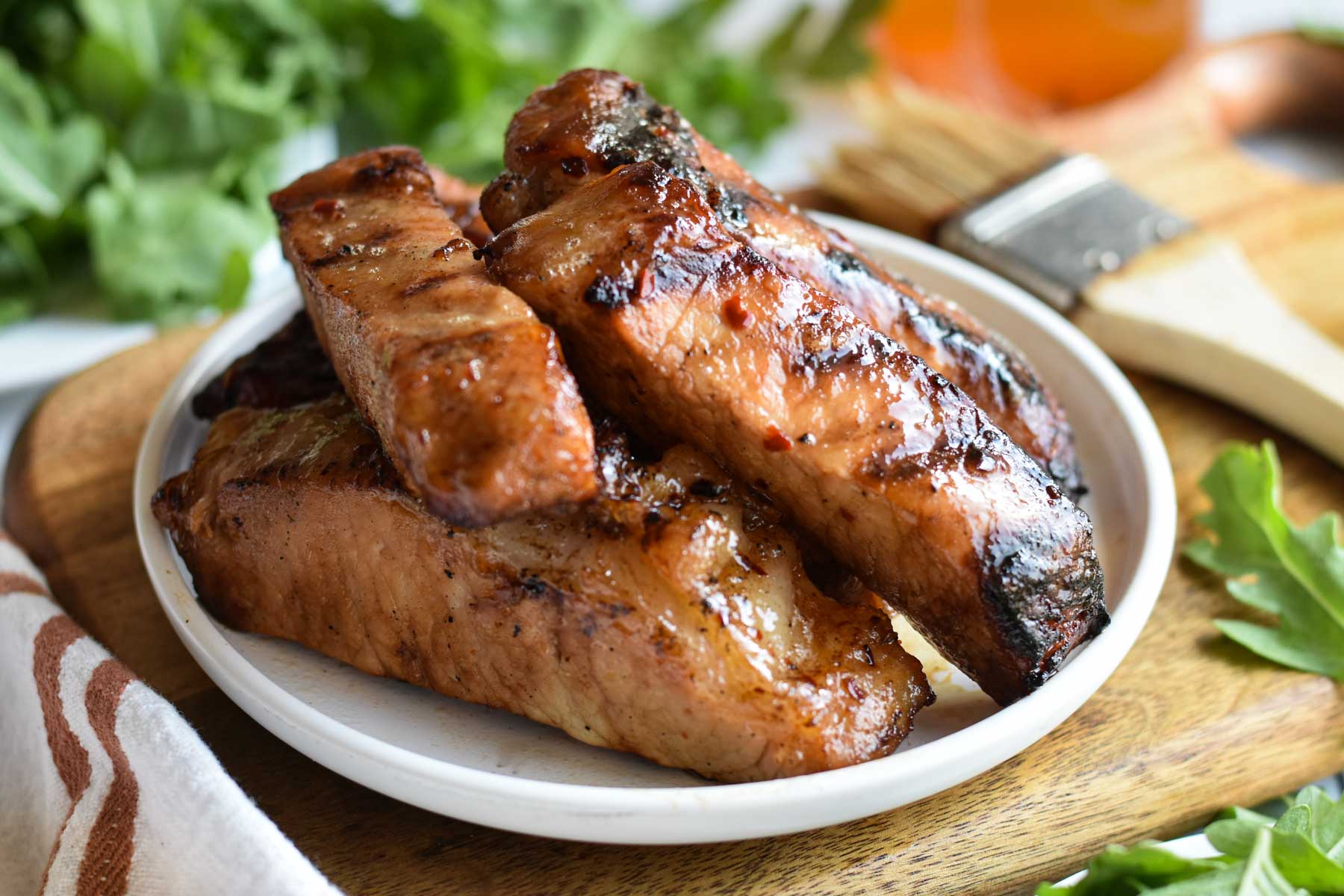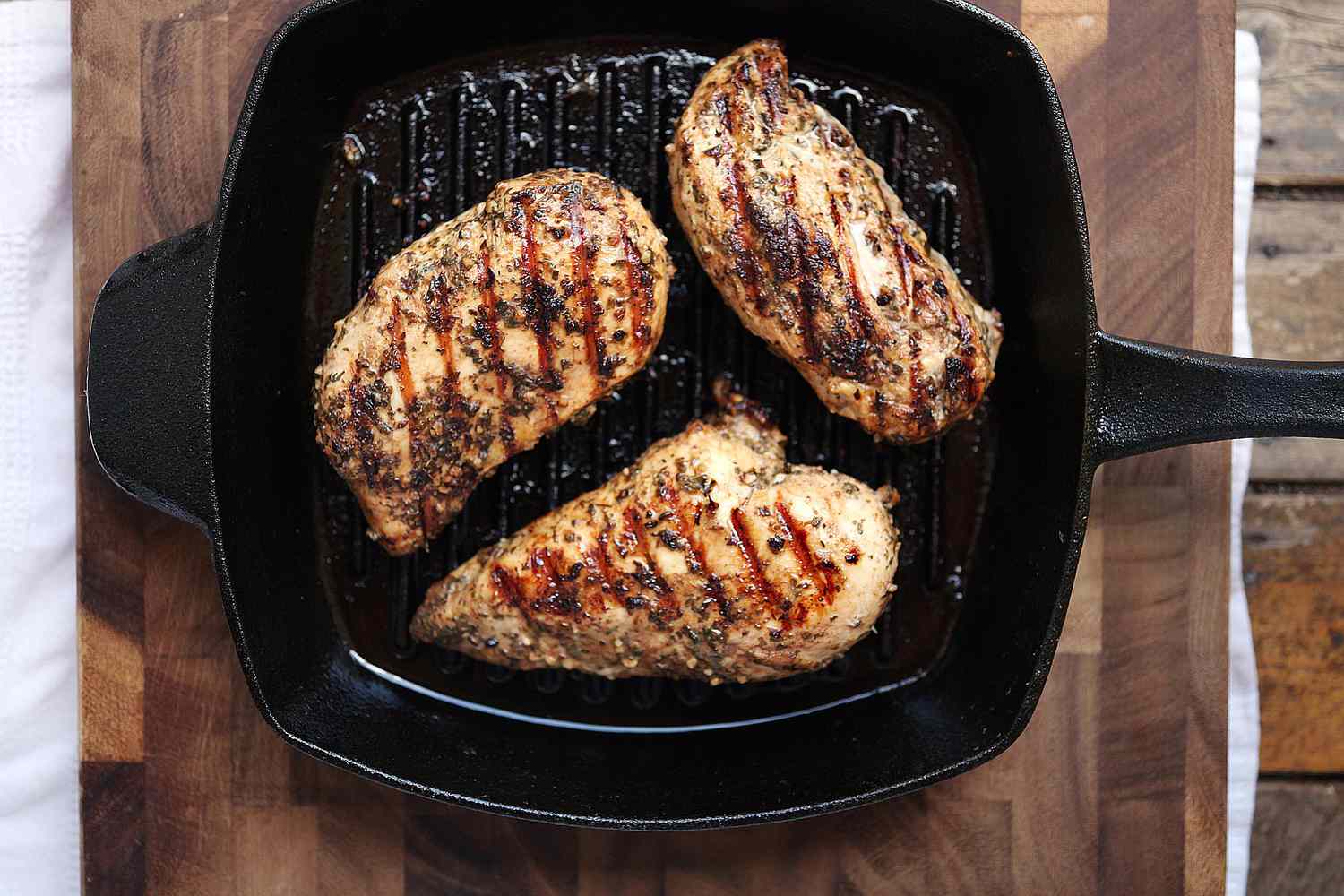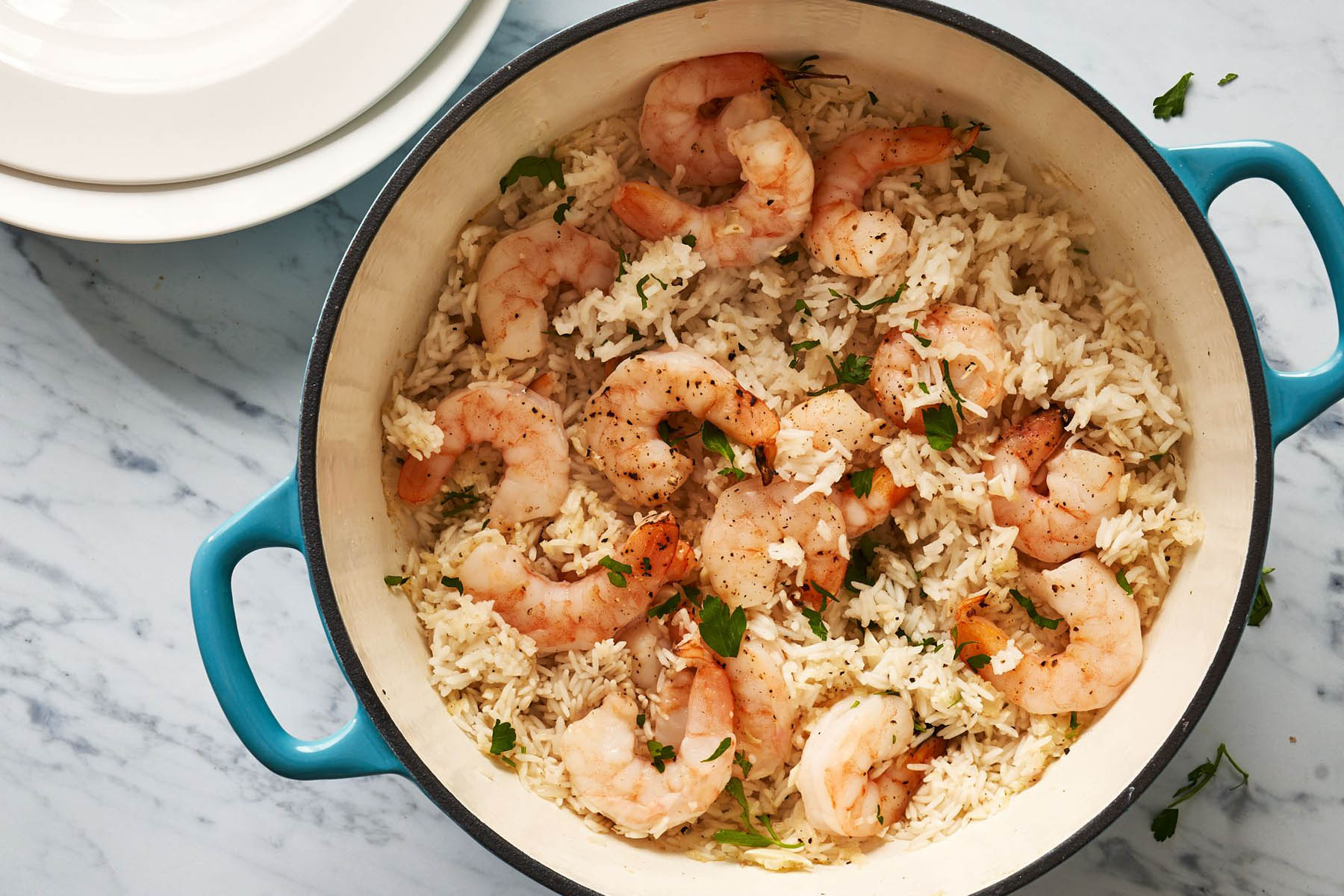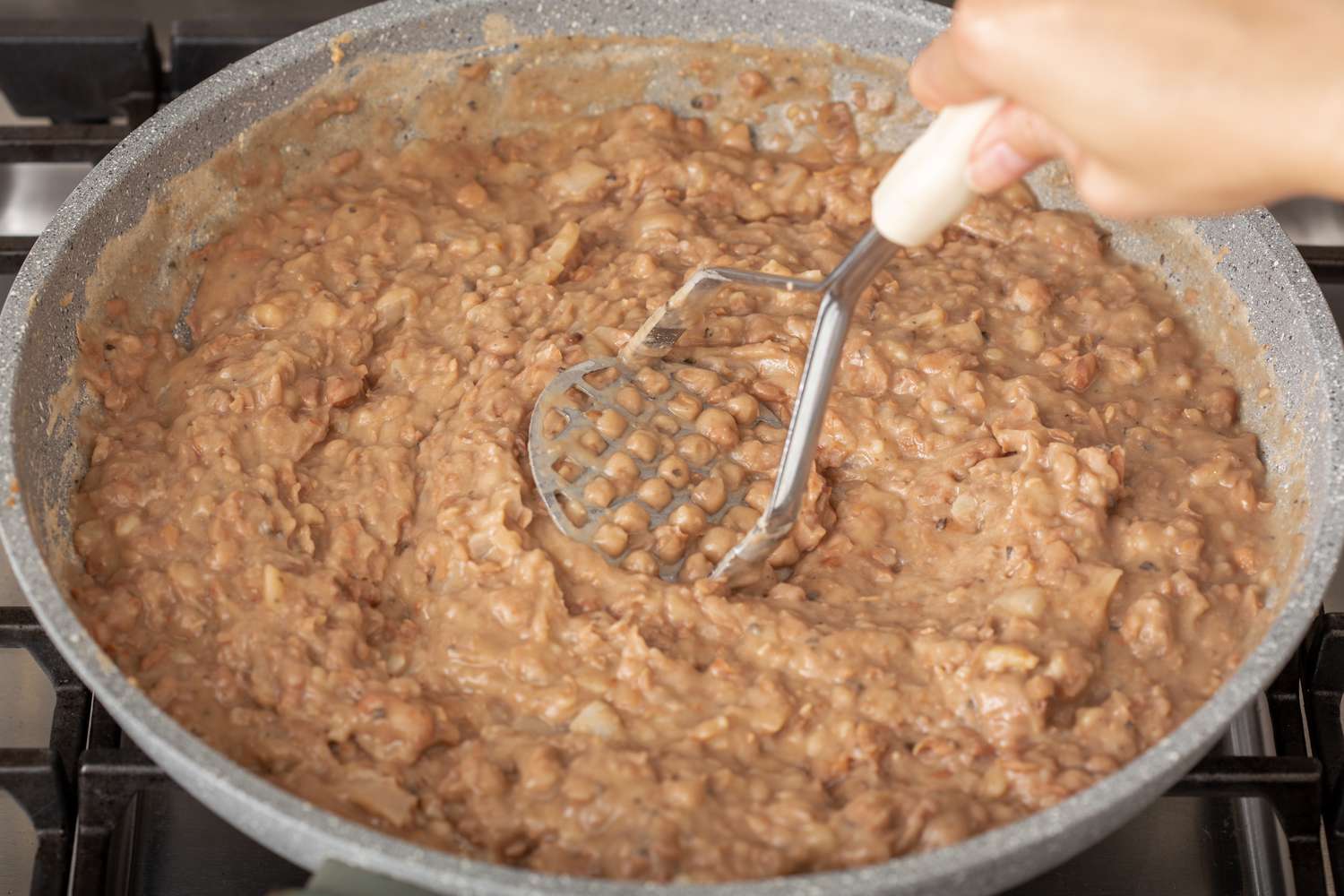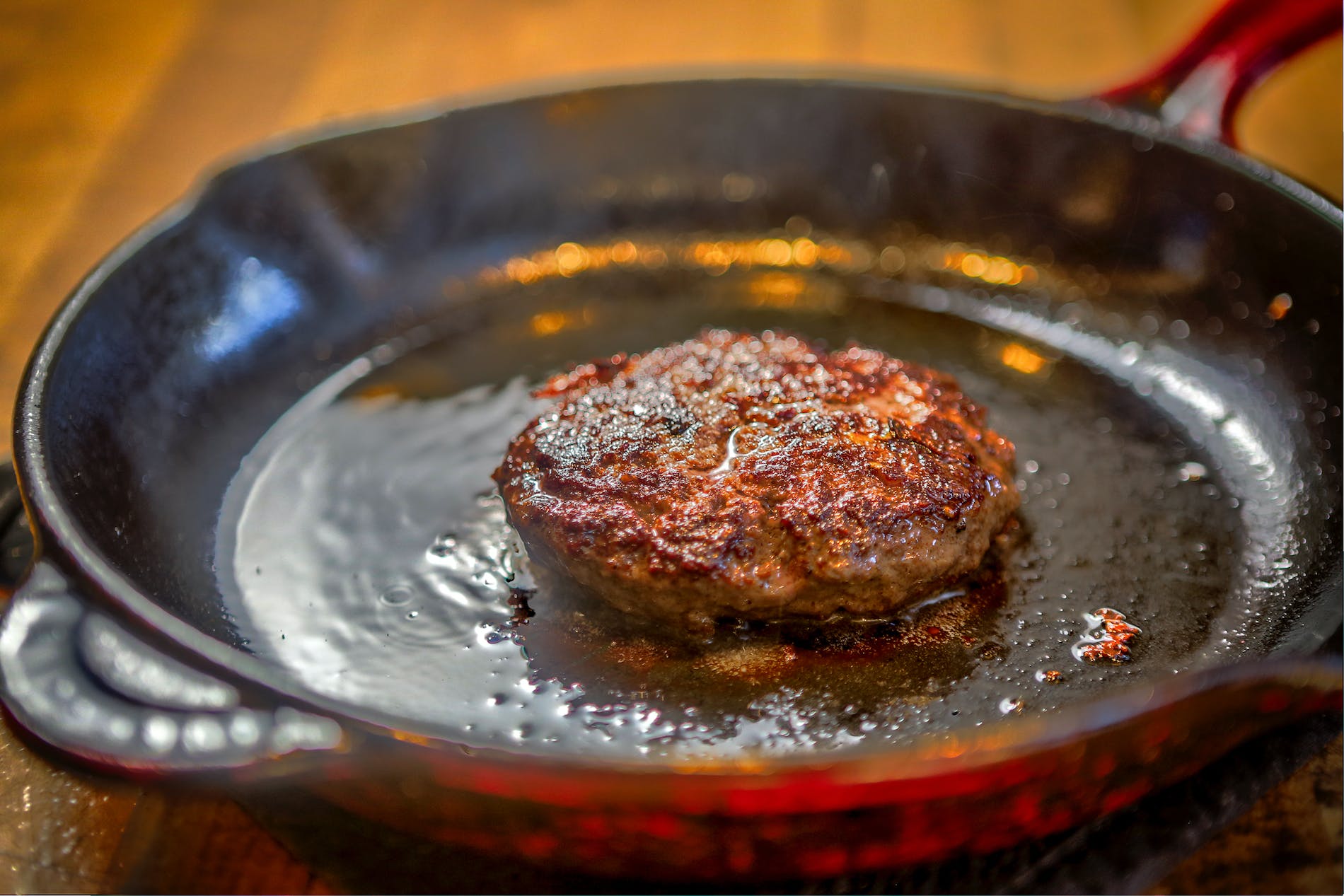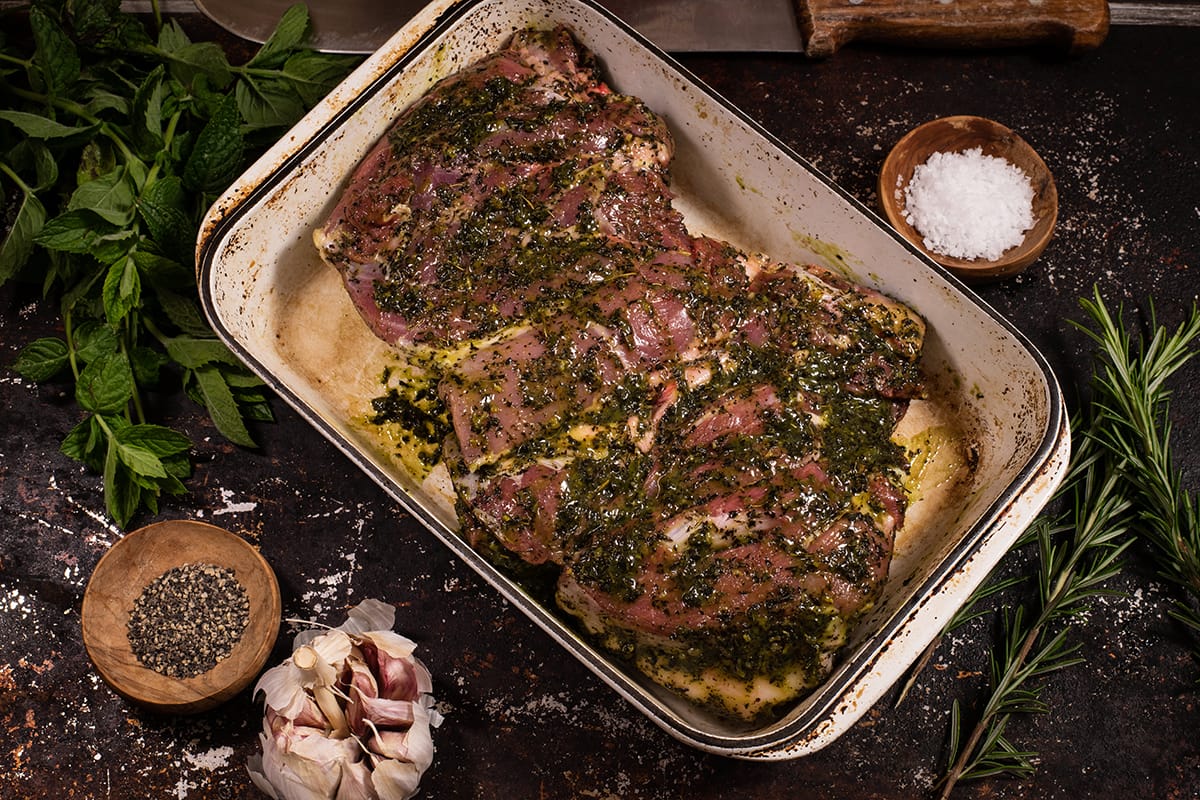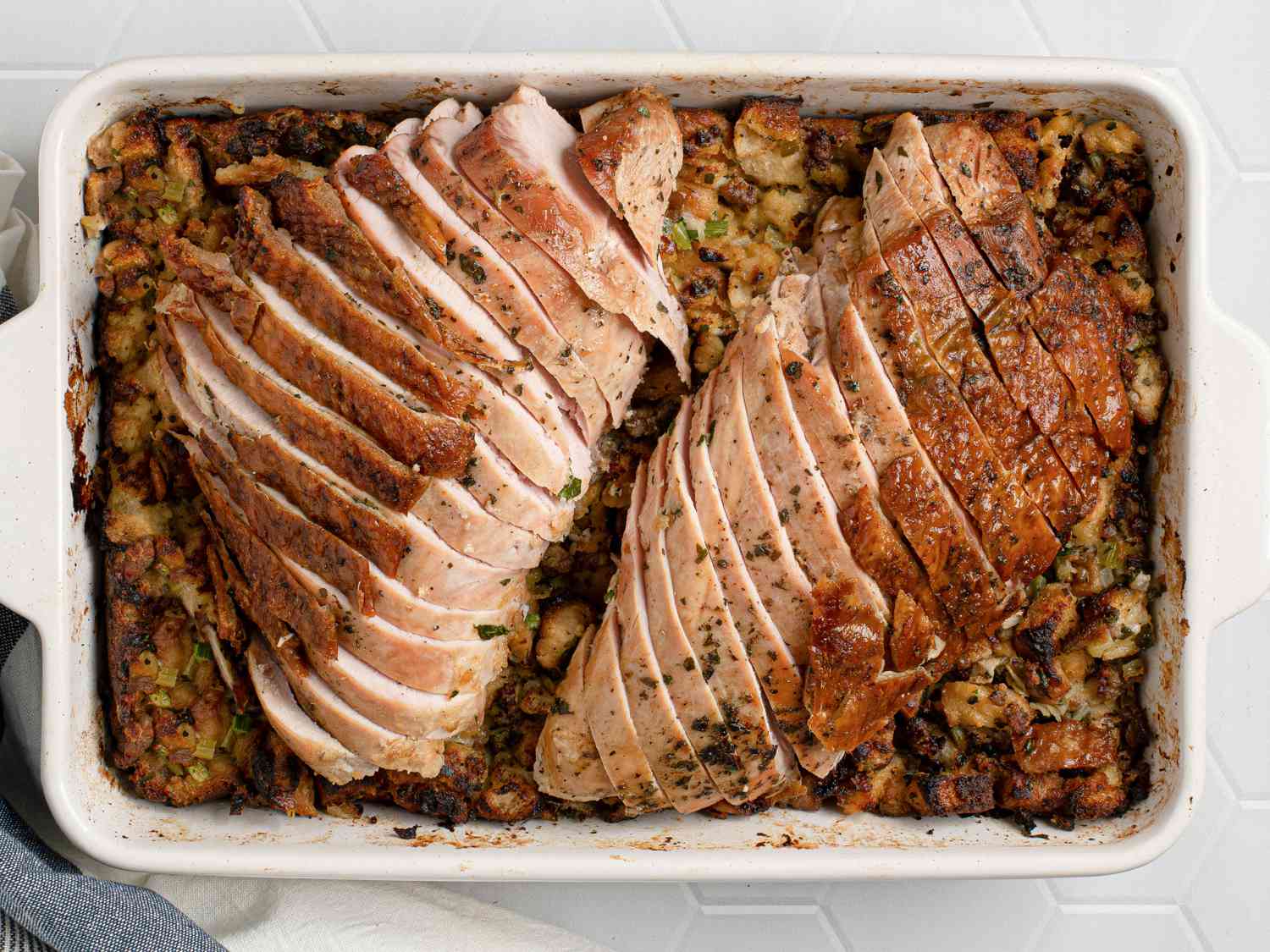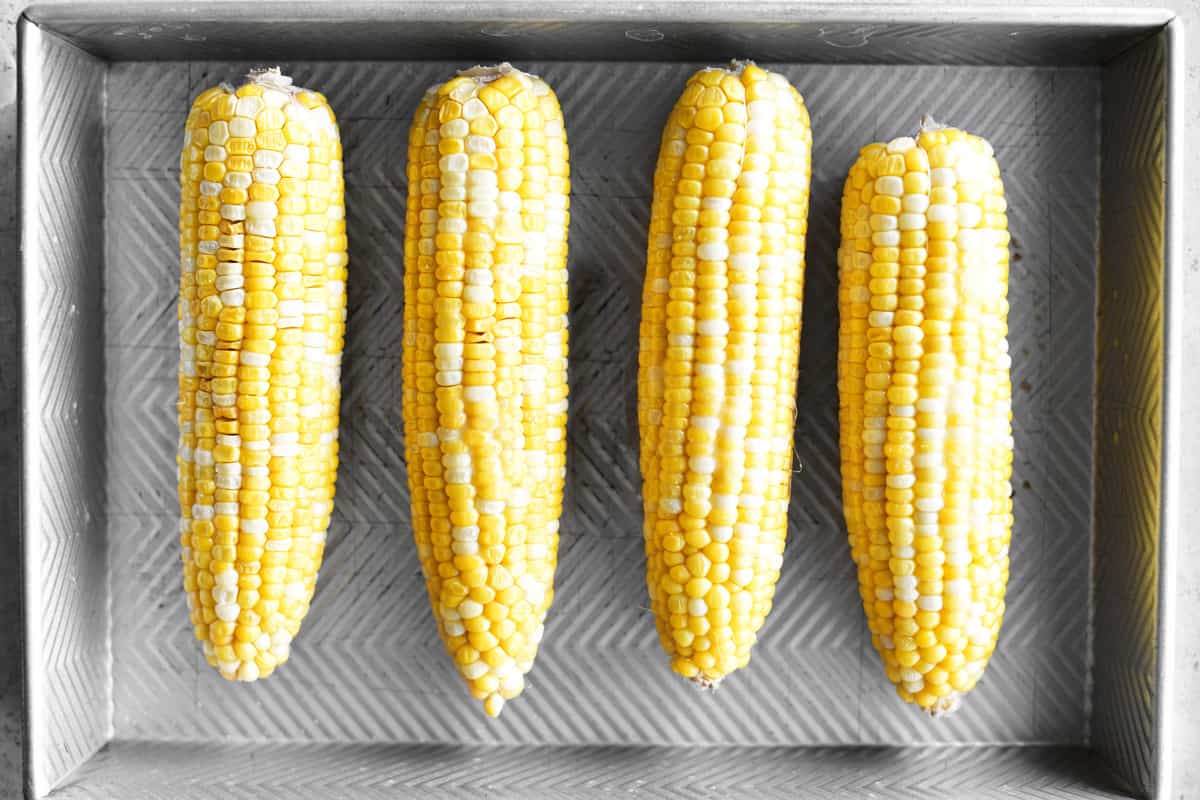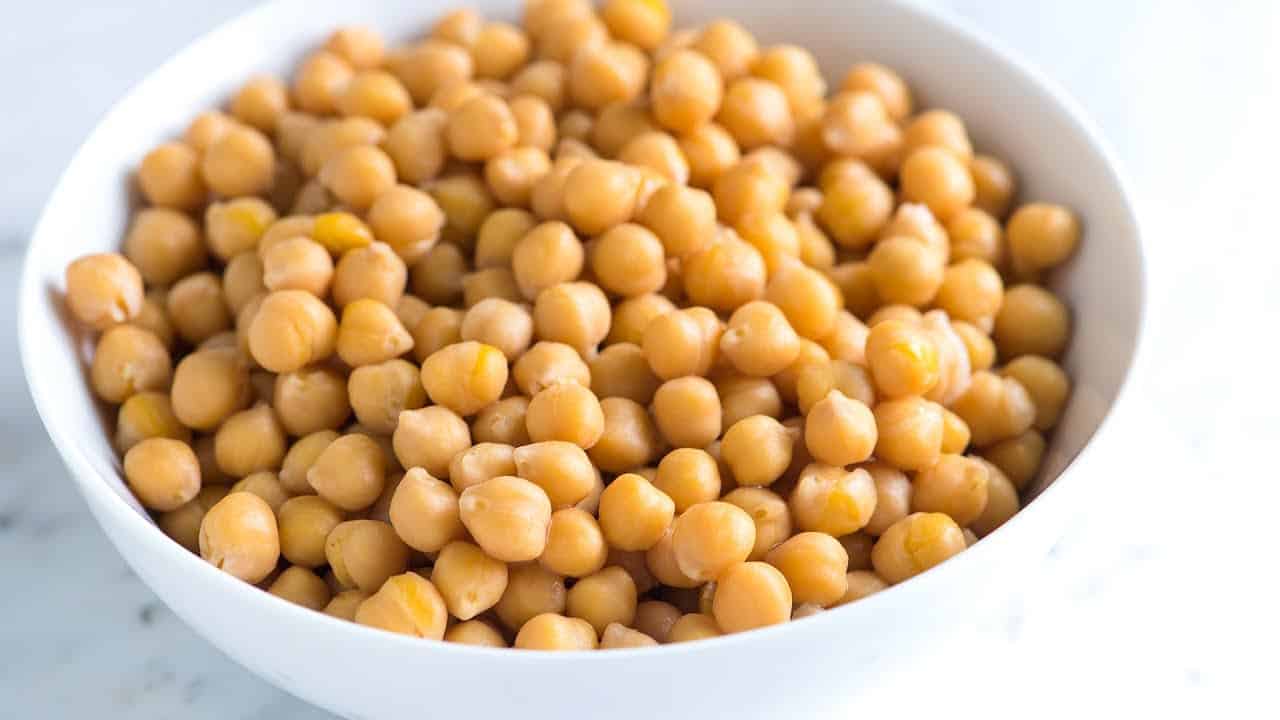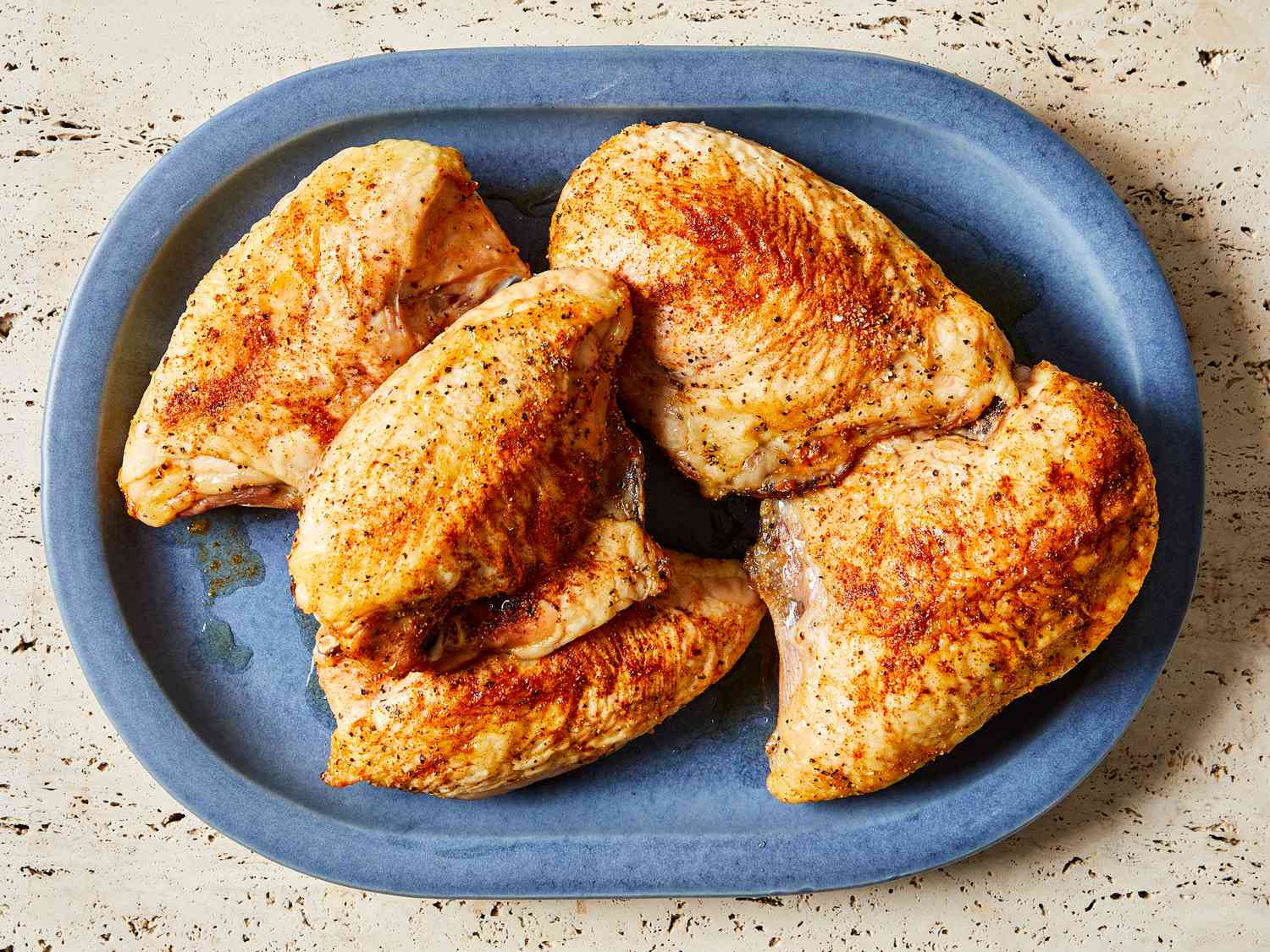Crunchy Delights: Unleashing the Magic of Pork Skins in Your Kitchen
Welcome to our culinary adventure where we delve into the irresistible world of pork skins. When cooked to perfection, these crispy delights offer a mouthwatering treat that will leave you craving for more. Whether you enjoy them as a snack on their own or as a delicious addition to your favorite dishes, learning how to cook pork skins is a skill worth mastering.
The Perfect Preparation
Before we dive into the cooking process, let’s talk about prepping the pork skins. Ready your apron and prepare a clean, flat surface for working your magic.
1. Start by obtaining fresh pork skins from your trusted butcher or local grocery store. Make sure they are free from excessive fat or other unwanted elements, as this can affect the final result.
2. Rinse the skin under cold water to remove any dirt or residue. Pat them dry with a clean kitchen towel.
3. Once the skins are clean and dry, slice them into your desired size or shape. Some prefer thin strips, while others enjoy small bite-sized pieces for a crunchier experience.
Boiling: The First Step to Heavenly Goodness
Boiling the pork skins before frying helps to achieve the perfect texture—crispy on the outside and tender on the inside.
1. Fill a large pot with water and bring it to a boil. Add the pork skins and a pinch of salt. Boil for about 15-20 minutes or until the skins become soft and pliable.
2. Drain the skins and pat them dry to remove any excess moisture. This step is crucial as it ensures that the skins fry evenly and become extra crispy.
Frying: The Secret to Golden Perfection
Now that your pork skins are prepped and ready, it’s time for the magical transformation in the hot oil.
1. In a sturdy frying pan or deep-fryer, heat vegetable oil or lard to a temperature of around 350°F (175°C).
2. Carefully place a few pieces of the boiled and dried pork skins into the hot oil. Be cautious, as the oil may splatter.
3. Fry the skins for 5-7 minutes or until they turn into a beautiful golden brown. Keep a close eye on them to avoid overcooking.
4. Once they reach the desired color, remove the pork skins from the oil and place them on a paper towel-lined plate to absorb any excess oil.
Seasoning: Elevating the Flavor Profile
Cooked pork skins are a blank canvas, ready to be infused with your favorite flavors. Here are a few suggestions to take your crunchy delights to the next level:
- Sprinkle with sea salt for a classic, savory taste.
- Add a kick of spice with chili powder or cayenne pepper.
- Give them a tangy twist by dusting them with a squeeze of lime juice and a sprinkle of Tajin.
- Experiment with different seasonings like garlic powder, paprika, or even a touch of cinnamon for a unique flavor experience.
Remember, seasoning is a matter of personal preference, so feel free to get creative and venture into uncharted taste territories.
Enjoying Your Culinary Masterpieces
Crispy, flavorful, and utterly addictive—cooked pork skins are best enjoyed fresh out of the fryer. Grab a bowlful, gather your loved ones, and let the crunching symphony begin.
But the magic of pork skins doesn’t stop there. Consider adding them to your favorite recipes for an extra boost of texture and flavor. Whether as a topping for soups, salads, or tacos or as a unique ingredient in breading for meats, pork skins will elevate your culinary creations to new heights.
So, embark on this pork skin cooking adventure, and unlock the crispy delights that await you. With a little practice and a dash of creativity, you’ll soon master the art of cooking pork skins like a pro.
Happy crunching!
Was this page helpful?
Read Next: How To Cook Frozen Mozzarella Sticks
